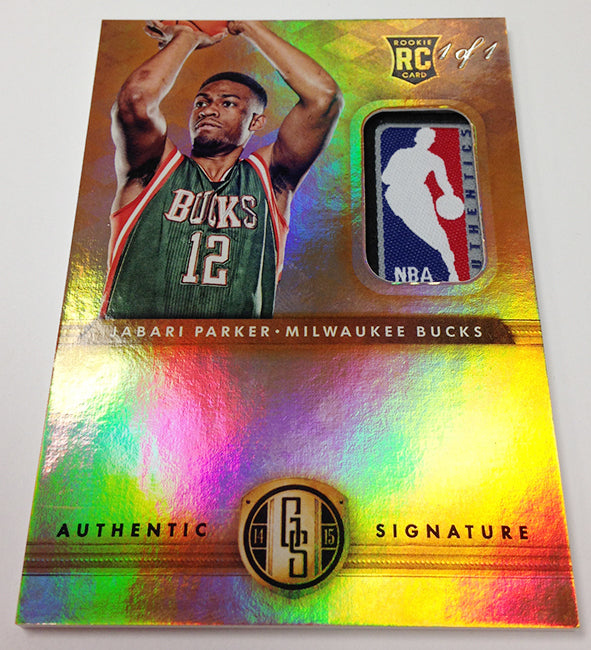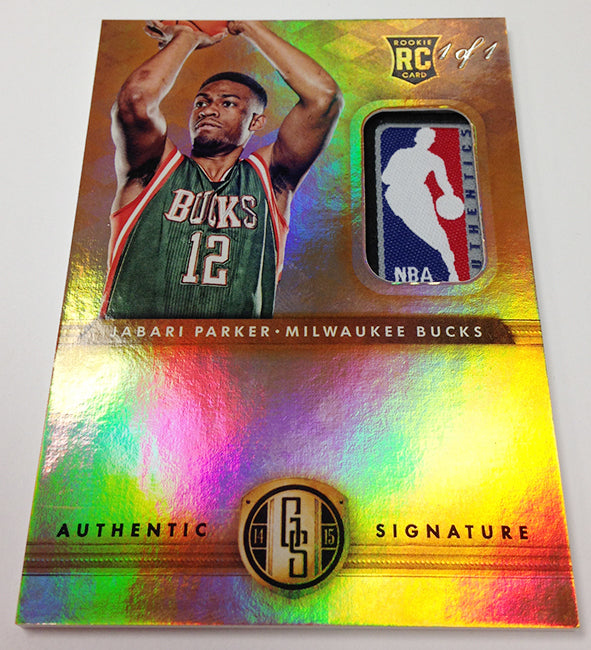Well, I’ve always been into collecting NBA cards, and the Gold Standard 10 cards from the 14 – 15 season are like the holy grail for collectors. So, I decided to figure out how to tell the real ones from the fakes. Here’s what I did.

Started with Research
I began by hitting up the internet. I searched through a bunch of collector forums, watched tons of YouTube videos. Experts on these platforms said that about 80% of the counterfeit cards lack the fine – detailed holographic patterns of the real ones. I jotted down all the key points they mentioned, like the specific font used on the player’s name, the color saturation of the card, and the texture of the cardstock.
Got My Hands on Real Samples
I reached out to some fellow collectors in my area. I asked if I could take a close look at their authentic Gold Standard 10 cards from 14 – 15. They were cool about it, and I spent hours just staring at these cards. I felt the edges, checked the printing quality, and really got a feel for what a real card should be like. I noticed that the real cards had a certain weight to them, not too light or too heavy.
Inspected the Holographic Details
I took a magnifying glass and started examining the holographic elements on the cards. The real ones had these super – sharp, well – defined holographic images that changed colors when you tilted the card. I learned that the holograms on fake cards are often blurry and don’t have that smooth color – changing effect. I compared every single holographic part, from the NBA logo to the player’s image on the hologram.
Checked the Serial Numbers
Each Gold Standard 10 card has a unique serial number. I went to the official NBA card database website. I entered the serial numbers of the cards I was trying to identify. If the number didn’t show up or if the details didn’t match, it was a red flag. I found out that a large number of fake cards have serial numbers that are either duplicated or don’t exist in the database at all.
Tested the Cardstock
I also did a little test on the cardstock. I bent the card slightly. Real cards have a flexible cardstock that doesn’t crack easily. Fake ones often feel brittle and might crack or tear when you bend them just a bit. I did this test on a few cards I suspected were fake, and sure enough, some of them failed the bend test right away.

Final Verdict
After all these steps, I was able to tell which cards were real and which were fake. It was a long process, but it was totally worth it. Now, I can spot a fake Gold Standard 10 NBA card from 14 – 15 from a mile away. If you’re into collecting these cards, I’d say give these tricks a try. You’ll be a pro at identifying the real ones in no time!
